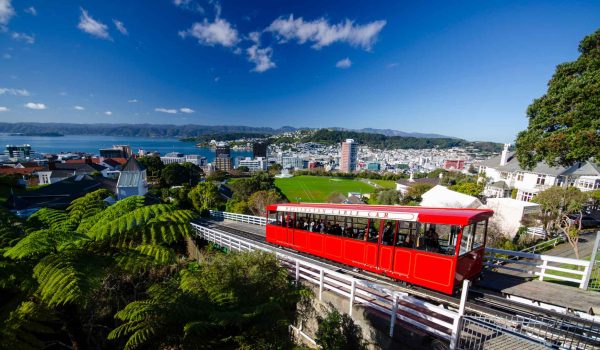In a surprising move that has made waves in Canada immigration news, the Canadian government announced a significant reduction in its immigration targets for 2025, cutting the overall number of new permanent residents by 20%. What does this decision mean for Canada’s economy, labour market, and social commitments?

Key Details of the Immigration Cuts
According to the latest updates from CIC News, Canada will lower its immigration intake from approximately 485,000 new permanent residents in 2024 to about 395,000 in 2025. Future intakes are projected to keep lowering as 2026 intake will be 380,000 and 365,000 in 2027. Historically, Canada has prided itself on being a welcoming nation for immigrants, with ambitious annual targets. For instance, in 2021, Canada welcomed 405,303 new permanent residents, with numbers peaking at 471,550 in 2023.
This reduction aligns with a broader strategy aimed at managing the country’s population growth and addressing various economic factors. The new targets for the next 3 years could mean a loss of approximately 100,000 potential new residents, representing a significant decrease in the annual influx.
Impact on Immigration Categories
The immigration cuts will have varying effects across different categories. Economic immigration, family reunification, and refugee admissions are all set to experience significant changes.
- Economic Immigration: The government has proposed a reduction in the intake for Economic Class immigrants, particularly impacting programs like the Federal Skilled Worker Program and Provincial Nominee Programs (PNPs). In 2023, Canada welcomed nearly 272,620 economic immigrants, a 7% increase from the previous year. But this number is expected to drop by more than 40,000, limiting the workforce supply in key sectors.
- Family Reunification: Family sponsorship numbers are projected to constantly decrease in the next three years, leaving many families waiting longer to reunite and going back on the previous commitment of admitting 118,000 family members annually.
- Refugee Admissions: While Canada has a strong reputation for refugee protection, the latest figures suggest a decline of around 5,000 refugees annually in admissions, which could have repercussions for humanitarian efforts.
- Temporary Resident Adjustments: Additionally, this will also be adjusted, decreasing from 7% to 5% of Canada’s total population.
Shift in Focus on High-Skilled Immigration
Amidst these reductions, there is a silver lining: an increase in targets for Federal High Skilled (FHS) immigration. The government plans to prioritise high-skilled workers, raising FHS targets (by almost 15,000) even as total immigration numbers decline. This strategy reflects a growing recognition of the need for skilled labour in a rapidly changing economy.
The rationale behind focusing on high-skilled immigration is clear: sectors like technology, healthcare, and engineering require highly qualified professionals to drive innovation and growth. Express Entry pathways will continue to play a pivotal role, streamlining the process for skilled workers to enter Canada. There are many factors that impact the Comprehensive Ranking System (CRS) score which determines the issuance of Invitations to Apply (ITA), the gateway to express entry. Being aware of these factors and the process could help in ensuring that your chances of immigrating to Canada are at their best.
Rationale for the Changes
Government officials have provided insights into the reasoning behind these reductions. According to recent statements, the government aims to stabilise population growth in order to achieve sustainable growth in the long term.
Immigration Minister Marc Miller stated; “While it’s clear our economy needs newcomers, we see the pressures facing our country, and we must adapt our policies accordingly.”
President Justin Trudeau said that the reason for these changes is because “we didn’t get the balance right” with regards to addressing labour needs and maintaining population growth. He stated “Immigration is essential for Canada’s future, but it must be controlled and it must be sustainable”.
However, these changes did receive backlash as well. Syed Hussan, spokesperson for the Migrant Rights Network Secretariat stated that this was “one of the most egregious rollback of migrant rights in Canadian history” and that it was a “direct assault on migrants”. Even Donald Trump commented on the immigration policy stating “Even Justin Trudeau wants to close Canada’s borders”.
All in all, Canada’s 20% reduction in immigration targets for 2025 represent a drastic shift. While the focus on high-skilled immigration offers some reassurance, the overall decrease raises many concerns about the demographic and economy of Canada.




